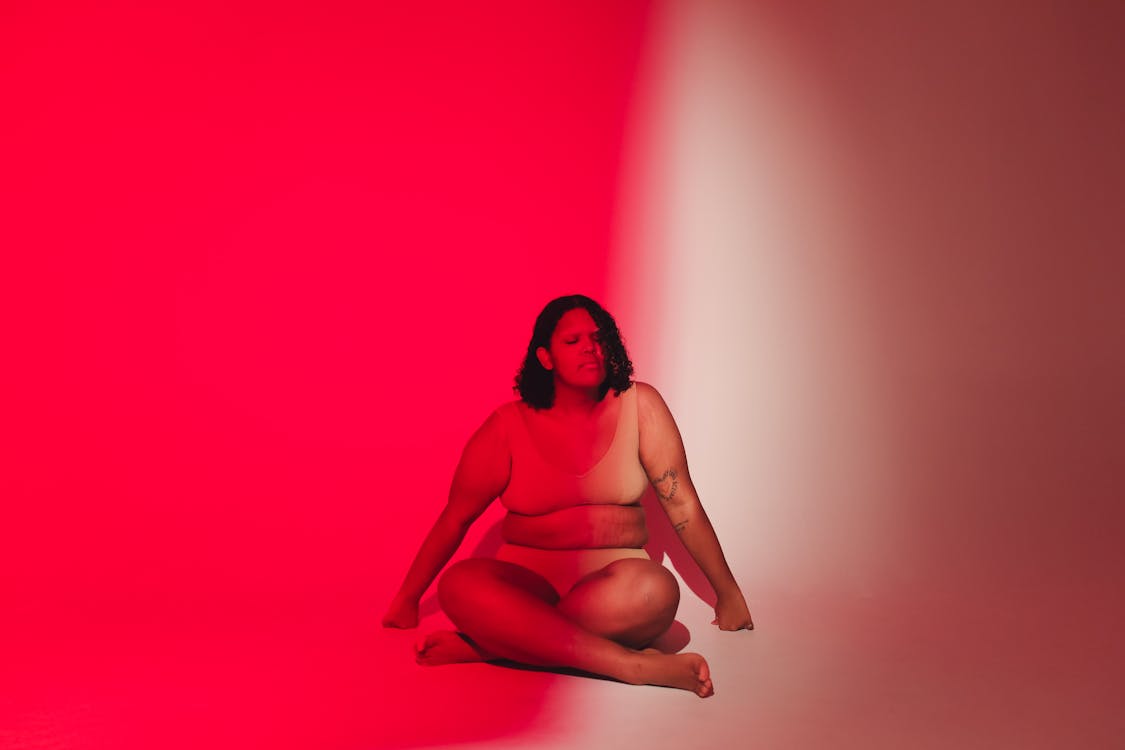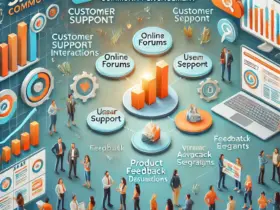HealthNews.com reports that in the US, 22.89 percent of women and 17.81 percent of men believe that social media impacts their perception of their bodies. At present, the platform that most people deem to be responsible for extreme cases of body dysmorphia is Instagram.

According to TorHoerman Law, Instagram use can cause different types of mental health problems in an individual, including depression, anxiety, ADHD, self-harm tendencies, and so on. One such problem that Instagram can cause is body dysmorphia, which, in turn, leads to other problems like self-esteem issues, eating disorders, etc.
As a result of such damages, people are now getting in touch with attorneys to file something called an Instagram lawsuit, where the victims seek compensation from Instagram for causing such mental health problems as body dysmorphia. Instagram will have to deal with these settlements in its own way, but what about clothing brands who promote their products on Instagram?
Usually, these brands work with models whose photos end up causing body dysmorphia. How can these brands carry on with their promotions without causing such a problem?
In this article, we’ll explain how your clothing brand can promote your products on Instagram without causing body dysmorphia.
Diverse Representation
Representation matters. When advertising on Instagram, clothing brands must prioritize showcasing diversity in their marketing campaigns. Embrace models of various body shapes, sizes, ages, ethnicities, and gender identities to ensure that your audience feels seen and validated. When consumers see individuals who look like them wearing your clothing, it fosters a sense of inclusivity and encourages body positivity. By promoting diversity, brands can challenge traditional beauty standards and create a more accepting and supportive online community.
Promote Realistic Body Images
Avoid using excessive photo editing or retouching in your Instagram posts. Overly airbrushed or manipulated images can create unrealistic expectations and lead to body dissatisfaction among consumers. Instead, prioritize authenticity and celebrate natural beauty. Utilize unedited images or opt for minimal retouching to present your products more genuinely. By doing so, clothing brands can send a powerful message that everybody is beautiful and worthy of love and acceptance.
Encourage User-Generated Content
The difference between user-generated content (UGC) and a staged photoshoot is very clear. A staged shoot will, of course, highlight your products better. But more importantly, you can also enhance the overall quality of the photos in post-production. However, such artificial enhancement is not a good idea if you want to avoid giving your audience body dysmorphia.
Instead, with UGC, you can get authentic depictions of your products, and that too on different body types. This practice empowers consumers to express their individuality and serves as a reminder that fashion is for everyone, regardless of their size or shape. It gives your audience a sense of comfort and helps them feel better about their own bodies in a way.
Emphasize Comfort and Functionality
Promote clothing as more than just a means to achieve a certain appearance. Highlight the comfort and functionality of your products through Instagram posts and stories. Demonstrate how your clothing caters to various activities, lifestyles, and body types rather than solely focusing on aesthetic appeal. By shifting the emphasis from looks to practicality, clothing brands can help consumers build a healthier relationship with fashion and their bodies.
Collaborate with Body Positivity Advocates
According to Glam.com, influencers like Stephanie Viada, Nyome Nicholas-Williams, and Stephanie Yeboah are some of the most popular body positivity Instagram advocates. Partnering with such influencers who actively promote self-acceptance and body diversity. Seek out collaborations with individuals who share your brand’s values and can serve as role models for your target audience.
Such partnerships not only extend your brand’s reach but also demonstrate your commitment to promoting positive body image. Together, you can create impactful campaigns that empower consumers and challenge harmful beauty standards.
Create Positive and Educational Content
Use your Instagram platform to spread positive and educational content related to body image and self-esteem. Share inspiring stories of individuals who have overcome body dysmorphia or struggled with body confidence and found empowerment through fashion.
Provide tips on building a healthy body image and self-care practices. You can occasionally highlight issues that tackle mental health problems associated with body dysmorphia. As you offer such valuable content, you can become a source of support and encouragement for your audience, fostering a more positive online environment.
Conclusion
In the US, body dysmorphia affects around 2 percent of the general population. According to The Recovery Village, the condition is more common in some groups than others, like young people, teens, women, and people with preexisting psychiatric conditions. In recent times, the growing popularity of social media platforms seems to be fueling a rise in body dysmorphia cases.
Therefore, if you’re running a clothing brand and don’t want to fuel this rise in body dysmorphia through your Instagram promotions, stick to the suggestions we’ve laid out for you above. In doing so, not only can your brand avoid causing body dysmorphia, but it can also promote body positivity and marketing practices that prioritize inclusivity.





